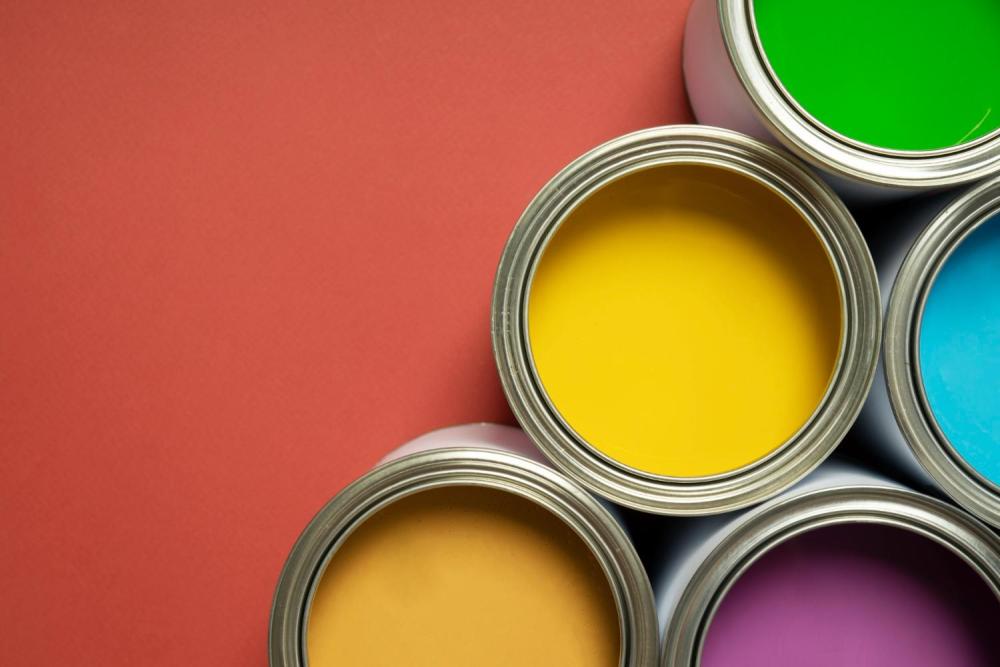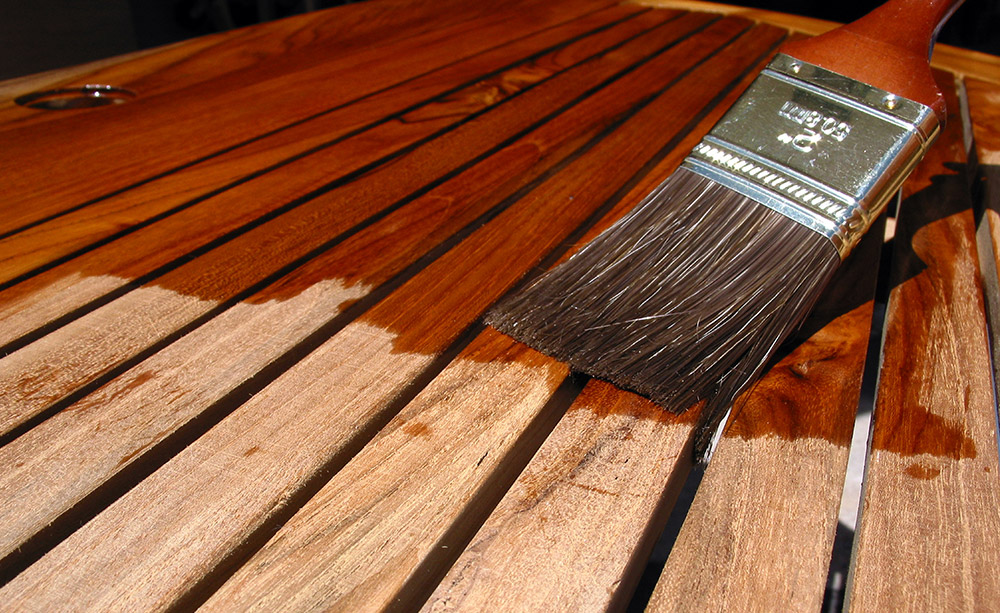
A Comprehensive Guide to Wood Paints: Types, Benefits, and Application Tips
Wood is a timeless and versatile material used in furniture, flooring, and home decor. To maintain its natural beauty and enhance its durability, applying the right wood paint is essential. Whether you're a professional carpenter or a DIY enthusiast, understanding wood paints can help you protect and beautify wooden surfaces. In this comprehensive guide, we'll explore the different types of wood paints, their benefits, and tips for application.
1. Why Use Wood Paint?
Painting wood is about more than just aesthetics. Here are some key reasons why wood paint is a worthwhile investment:
- Protection: Wood is susceptible to damage from moisture, insects, and UV rays. A good quality paint creates a protective layer, extending the lifespan of the wood.
- Aesthetics: Paint enhances the appearance of wooden surfaces, offering a variety of colors and finishes to match any decor style.
- Ease of Maintenance: Painted wood is easier to clean and maintain, making it more resistant to stains and scratches.
- Customization: With a wide range of colors and textures available, wood paint allows for endless customization options.

2. Types of Wood Paints
Choosing the right type of wood paint depends on the intended use and desired finish. Here are some common types:
a) Oil-Based Paints
Oil-based wood paints are known for their durability and rich finish.
Benefits:
- Excellent water resistance
- Long-lasting protection
- Smooth and glossy finish
Drawbacks:
- Longer drying time
- Strong odor during application
Best for:
- Exterior wood surfaces, furniture, and decks.
b) Water-Based Paints
Water-based paints are environmentally friendly and easy to clean.
Benefits:
- Quick drying
- Low odor
- Easy to clean with soap and water
Drawbacks:
- Less durable than oil-based paints
Best for:
- Interior woodwork, such as cabinets and trims.
c) Latex Paints
Latex paints are popular for their versatility and ease of use.
Benefits:
- Fast drying
- Flexible, reducing the risk of cracking
Drawbacks:
- May require multiple coats for full coverage
Best for:
- Both interior and exterior wood surfaces.
d) Acrylic Paints
Acrylic paints offer excellent adhesion and are highly durable.
Benefits:
- Resistant to fading
- Vibrant color options
Drawbacks:
- Can be more expensive than other types
Best for:
- Artistic projects and decorative woodwork.

3. Choosing the Right Finish
Wood paints come in various finishes, each providing a different look and feel:
a) Glossy Finish
Glossy paints create a shiny, reflective surface.
Best for:
- Doors, trims, and furniture that need a polished appearance.
b) Semi-Gloss Finish
Semi-gloss strikes a balance between shine and subtlety.
Best for:
- Kitchens, bathrooms, and other areas prone to moisture.
c) Satin Finish
Satin paints offer a soft, velvety sheen.
Best for:
- Interior walls and furniture for a modern touch.
d) Matte Finish
Matte paints provide a non-reflective surface.
Best for:
- Rustic or vintage-themed furniture.
4. Preparing Wood for Painting
Proper preparation is crucial for achieving a smooth and durable finish. Follow these steps:
- Clean the Surface: Remove dust, dirt, and grease with a damp cloth and mild detergent.
- Sand the Wood: Use sandpaper to smooth the surface and remove old paint or varnish.
- Fill Gaps and Cracks: Apply wood filler to repair imperfections.
- Prime the Wood: Use a suitable primer to improve paint adhesion and durability.
5. Painting Techniques
Using the right technique can make a significant difference in the final result.
- Use Quality Tools: Invest in good brushes or rollers for a smooth finish.
- Apply Thin Coats: Multiple thin coats provide better coverage than a single thick layer.
- Follow the Grain: Always paint in the direction of the wood grain.
- Allow Adequate Drying Time: Follow the manufacturer’s instructions for drying times between coats.
6. Tips for Maintaining Painted Wood
To keep your painted wood surfaces looking fresh:
- Clean Regularly: Wipe with a damp cloth to remove dust and dirt.
- Avoid Harsh Chemicals: Use mild cleaning solutions to prevent damage.
- Touch Up Scratches: Use matching paint for quick touch-ups.
- Inspect for Wear: Regularly check for signs of chipping or peeling paint.
7. Eco-Friendly Options
For environmentally conscious homeowners, eco-friendly wood paints are available:
- Low VOC (Volatile Organic Compounds): These paints emit fewer harmful fumes.
- Water-Based Options: Choose paints labeled as non-toxic and eco-friendly.
- Natural Pigments: Some brands offer paints made with organic pigments.
8. Common Mistakes to Avoid
Avoid these common pitfalls when painting wood:
- Skipping Primer: This can lead to poor paint adhesion and a shorter lifespan.
- Ignoring Surface Preparation: Failing to sand and clean properly results in a rough finish.
- Applying Thick Coats: Thick layers take longer to dry and are more prone to drips.
9. Popular Wood Paint Brands
Some reputable wood paint brands include:
- Dulux: Known for durability and a wide range of colors.
- Farrow & Ball: Offers premium, eco-friendly options.
- Rust-Oleum: Ideal for creative and decorative finishes.
- Sherwin-Williams: Renowned for professional-grade quality.
Conclusion
Choosing the right wood paint can transform and protect your wooden surfaces. Whether you prefer a bold glossy finish or a subtle matte look, there is a wood paint to suit your needs. By understanding the types of paints, preparing the surface correctly, and applying proper techniques, you can achieve a long-lasting and beautiful finish. Embrace creativity and make your wooden furniture, floors, and decor stand out with the right choice of paint!
